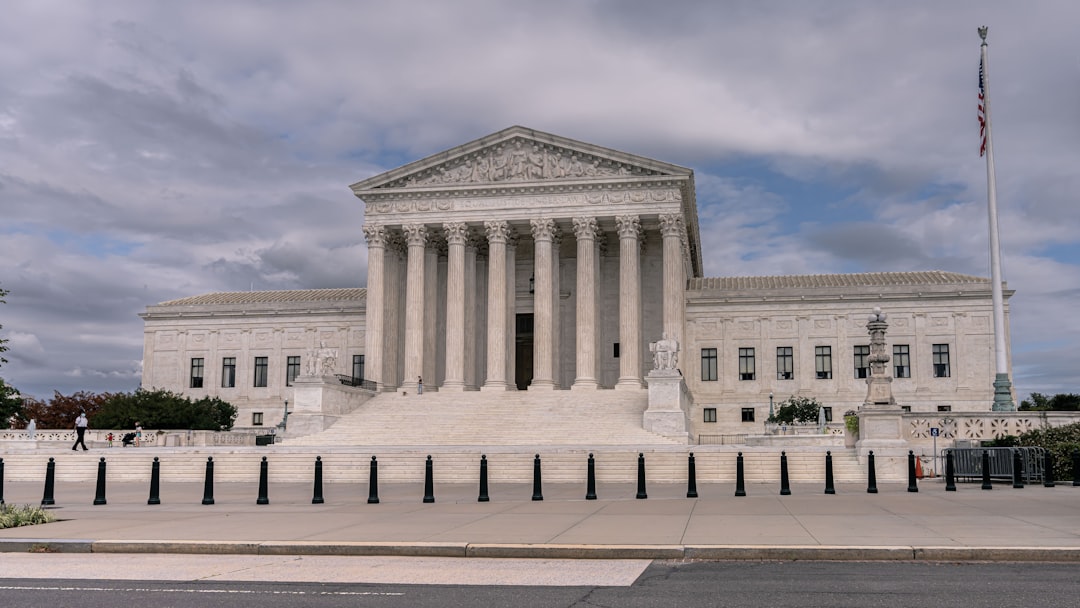The coming end of affirmative action
Supporters of diversity have to prepare now for an America where even race-conscious admissions policies are banned — learning from the slow response to June's abortion ruling.

In my latest column at MSNBC this morning, I warned of the dangers for supporters of race-conscious admissions policies of not focusing on how to deal with the conservative majority on the Supreme Court ending affirmative action in higher education:
As the Supreme Court hears two affirmative action cases Monday, there is still talk that some are holding out hope that Harvard University’s and the University of North Carolina’s race-conscious admissions policies will be upheld as constitutional. The highest-profile argument — from Yale Law School professor Justin Driver — suggests Chief Justice John Roberts may opt for a more incremental path and either Justice Amy Coney Barrett or Justice Brett Kavanaugh could be more sympathetic than expected.
Such hopes, doubtless to continue from some corners regardless of what happens at arguments, are a distraction that risks replicating Democrats’ sluggish response to last June’s Dobbs decision overruling Roe v. Wade. Affirmative action’s demise is imminent; addressing that reality and preparing for a swift response to a ruling is essential to blunt the impact, preparing a response and laying the groundwork for reversal.
After the nearly five hours of arguments concluded this afternoon, I stand by this. As I described this concern:
[S]upporters of race-conscious admissions policies — including the Biden administration — should learn from some of the failings of the Democrats in addressing Dobbs. Despite that outcome’s literally being foretold on the front page of Politico nearly two months before the decision was issued, Democrats appeared to be caught somewhat unprepared, with a slow response.
This time — with arguments eight days before midterm elections that could end Democratic congressional control in Washington — no time should be spent hoping for a miracle last-minute vote switch.
Here, these cases’ version of the “last-minute vote switch” hoped for in Dobbs would be a ruling that respects the 25-year timeline that former Justice Sandra Day O’Connor laid out in 2003’s Grutter v. Bollinger decision when she wrote: “We expect that 25 years from now, the use of racial preferences will no longer be necessary.” The issue came up repeatedly at arguments, but supporters of these policies shouldn’t fall into the trap of spending the next months arguing and organizing around getting the court to hold off on revisiting the constitutionality of these programs until 2028.
If such an outcome is possible, leave that to the three people empowered to make that happen: Justices Sonia Sotomayor, Elena Kagan, and Ketanji Brown Jackson.
The truth, however, is that — as with Chief Justice John Roberts’s argument last term that Mississippi’s abortion 15-week abortion ban could be upheld without wholly throwing out Roe — a half-step is not almost certainly not going to be the end result for this ultra-conservative court.
The court’s two longest-serving members made clear from the start where they will be steering their fellow conservative colleagues.
Roberts, for his part, jumped in early in the arguments with his first comment to the lawyer for the challengers of the UNC policy, “Counsel, I couldn't see from your briefs what your position was on race-neutral alternatives.”
Both Roberts and Kavanaugh asked about this issue throughout the arguments, putting forward, in effect, the legal version of saying that we shouldn’t “see” race.
Justice Clarence Thomas led off his questioning of North Carolina Solicitor General Ryan Park by saying he didn’t even know what “diversity” means. When Park discussed a business brief that highlighted how diversity leads to “a more efficient outcome” in the workplace, Thomas responded, “Well, I guess I don’t put much stock in that because I’ve heard similar arguments in favor of segregation too.”

There was substantive pushback, to be clear. For example, as to the “race-neutral alternatives” talk, Sotomayor highlighted what she called the “subterfuge” involved in the discussion.
“[W]hether it’s the 10 percent plan, whether it’s socioeconomic — they’re all subterfuges to reaching some sort of diversity in race,” she said at one point toward the end of the challengers’ arguments in the Harvard case. “You’re touting them as race-neutral, but none of them are race-neutral. You’re doing them because you believe in racial diversity.
“I just don’t understand why considering race as one factor but not the sole factor [as is done under the current Harvard and UNC plans] is any different than using any of those other metrics.”
And yet, the substantive discussion points from Sotomayor, Kagan, and Jackson — regardless of their merits — were preludes to dissents. They were points for the record and for the future, not efforts to persuade. The conservatives are almost certain to have their way.
And so, affirmative action’s end is imminent.
In the months ahead, people who understand and believe in the importance of diversity in creating better institutions, communities, and lives need to be preparing for that — for what follows a Dobbs-like decision ending affirmative action.



I’m not overly optimistic about either the ruling or the reaction to it.